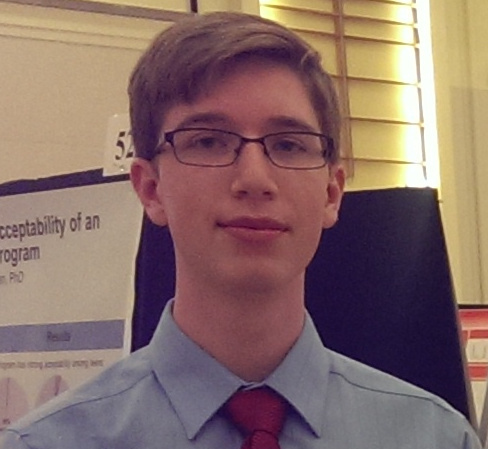Below is a summary of the abstract you submitted. Presenting author(s) is shown in bold.
If any changes need to be made, you can modify the abstract or change the authors.
You can also download a .docx version of this abstract.
If there are any problems, please email Dan at dar78@pitt.edu and he'll take care of them!
This abstract was last modified on May 9, 2016 at 5:30 p.m..

P. larvae is a spore-forming bacterium that causes American Foulbrood disease (AFB) by infecting honey bee larvae and may contribute to colony collapse disorder in the United States. First year 2015 NC State University Phage Hunters students conducted phage enrichment isolation using different P. larvae host strains - two that were isolated from AFB hives in the state, NW6 and M10, and one ATCC Type strain, 9545. Potential bacteriophage-containing comb samples were used from two infected hives in NC and one originating from New York. Phage Mock2 arose from an AFB comb sample out of Mocksville, NC that was enriched on P. larvae strain NW6 isolated from North Wilkesboro, NC. Unlike all previous NC phages isolated on P. larvae ATCC 9545, that only infect 9545, Mock2 infects NW6, M10 and 9545. The Mock2 phage genome was sequenced; it has 38,724 bp, encodes 71 proteins, has 3’ 9 bp overhanging ends, and encodes no apparent functional RNAs, such as tRNA. Whole genome alignment, dendrograms, and dot plot analysis of P. larvae phages revealed that Mock2 clusters with other Redbud- and Sitara-like phages and is distinct from phages Lily and Tripp. Because host range can be affected by phage adsorption to the cell envelope, Mock2 genes 11, 15, and 17 that code for tail and tail-related proteins were examined for differences between closely related phages that nonetheless have different host ranges. We compared amino acid sequence differences in these proteins to similar proteins in closely and distantly related P. larvae phages to help identify sections that may cause variability in host range. Through these efforts, our goal is to gain insights into the genetic diversity of P. larvae bacteriophages and reveal factors that affect phage host range and phage infection of the honey bee pathogen.


